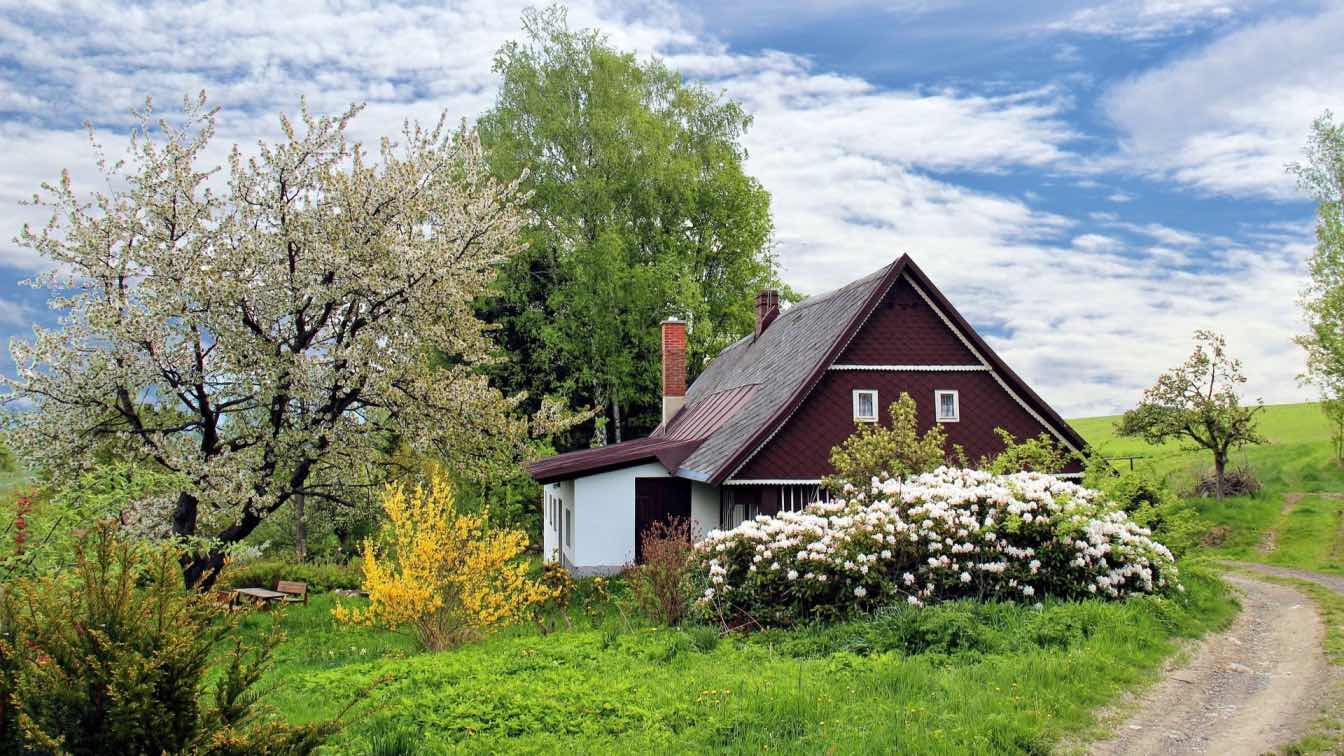Modern landscape architecture goes beyond mere aesthetics; it's about blending outdoor spaces with nature for both beauty and functionality. As environmental awareness grows, more people are incorporating natural elements into their landscapes. Whether you're updating your backyard or working on a professional project, using nature-inspired designs can create serene, sustainable spaces.
Benefits of Natural Elements in Landscaping
Natural landscaping elements have a significant impact on the environment. For example, the native plants of your area have adapted themselves according to the climate and soil conditions. Therefore, they do not need as much water and maintenance compared to other plants used in landscaping. They help in conserving resources and simultaneously provide local wildlife—birds, insects, and a lot more creatures—with good habitats.
Natural elements create aesthetic and psychological value in any landscape. There's just something intrinsically soothing about being enveloped by nature. It has been proven that green space reduces stress and improves mental well-being. A thoughtfully designed landscape with natural features will create a peaceful oasis right into your backyard, providing space for relaxation or contemplation.
Key Natural Elements to Incorporate
When planning a landscape, start with plants and trees that are native to your environment. They will thrive with minimum care and provide seasonal appeal. From spring blossoms to fall colors, each plant has its own appeal that helps create a theme throughout the year.
You can also look into incorporating water features, such as ponds, streams, or water fountains. Not only do they introduce an auditory element, their soothing effect also attracts wildlife.
Rocks and stones are another natural element that you can incorporate in your landscape design. Use them to create retaining walls and creating pathways. They are great for adding texture and visual interest.
Organic ground cover, such as mulch, is important to the health of the soil and can lend a finished look to the landscape. For sourcing quality ground cover locally, search "mulch delivery near me." It will generate a list of local suppliers who can provide you with mulch in minimum time. Talk to the experts about your landscaping needs and they'll pinpoint the right ground cover for your specific needs.
Practical Tips for Integrating Natural Elements
Before jumping into any landscaping project, you need to have a plan. Make a checklist of the landscaping projects you would like to carry out and then, based on your money and time budget, rate them in order of priority.
Climatic conditions and soil type also have a solid impact on how your project turns out. Natural soil enrichment with organic mulches and compost helps to eliminate the need for chemical fertilizers.
You should also consider your long-term maintenance by choosing plants that require minimum care. Routine landscape maintenance, like plant pruning and raking of debris, not only keeps your landscape looking good but also helps prevent very common household problems, including pest infestations.
It's important to incorporate these natural elements sustainably. Examples include utilizing drought-resistant plants to conserve water and a rainwater collection system.
Take Inspiration
Look around, there are lots of landscapes with integrated natural elements for you to take inspiration from. Take urban gardens as an example. They utilize vertical planting and native species to create lush green spaces in limited areas. Combining natural stone features with water elements brings serenity into suburban settings. Even the smallest changes, like implementing a rock garden or a native plant bed, can make a large difference in the aesthetic value and functionality of space.
One sterling example is the residential project where a landscape architect transformed a drab, empty backyard into a diverse, lush ecosystem. They artfully planted native flora, along with a small pond, to attract local wildlife. This provided a calming space for the owners too. All these examples prove that when creativity combines with careful planning, integrating natural elements becomes very easy with mind-blowing outcomes.
Resources and Services for Landscape Architects
The key to successful integration of natural elements within the landscape design lies in finding the right resources. Local nurseries are an ideal source for local plants. You can ask the staff for recommendations regarding what plants will do well in your area. Garden centers often carry a wide variety of materials, from stones to water features. Online suppliers might be convenient when working with larger projects and can provide everything from plants to soil amendments.
Conclusion
Infusing your modern landscape architecture with natural elements not only offers a visual treat to the outdoors it is also good for environmental sustainability and personal well-being. Choosing the plants native to your region and appropriately incorporating water features, rocks, and other natural materials can result in a truly beautiful and functional landscape. No matter if you own a small garden or have something as big as a five-acre lot, these principles of natural landscaping will definitely guide you on how to create a harmonious, eco-friendly ambiance.





